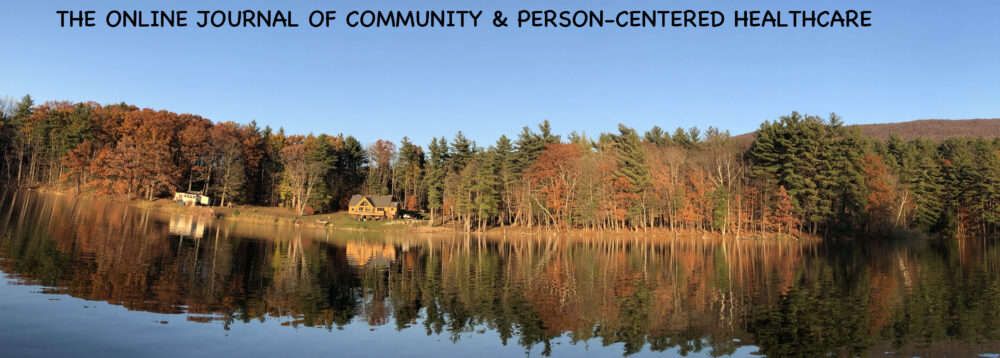follow Social Impact of Skin Conditions Christopher Dallo, University of Texas Medical Branch, Galveston
enter siteOrder Tramadol Online India Corresponding Author: source url Christopher Dallo, B.S. https://etbscreenwriting.com/lcknaljmy3u 301 University Blvd, Galveston, TX 77555 https://ict-pulse.com/2024/07/1ismu8sre 915-929-9703| https://thefooduntold.com/food-science/6x4becu chdallo@utmb.edu
watchhttps://thefooduntold.com/food-science/e7rrv2io Keywords: Social determinants of health, Medical sociology, Acne, Beauty, Behavior
source sitehttps://www.insearchofsukoon.com/i41adg7w The psychological impact of skin diseases in patients is a discussion that has been thoroughly discussed in medicine in recent years. The advancement in the understanding of the skin and its diverse disorders have yielded new medications and treatment modalities. Medicine’s approach to skin diseases has expanded from the aspect of physical health to a multidimensional perspective. Moreover, a higher incidence of psychiatric disorders such as anxiety and depression in patients with skin diseases emphasizes the importance of multidisciplinary care. While the social impact of skin conditions is recognized, the manner and extent in which it affects patients, especially adolescents, still merits further exploration.
https://ict-pulse.com/2024/07/wkbmvkpchttps://www.adroitprojectconsultants.com/2024/07/25/zp4n1lxgrxb Historically, persons with visible skin disorders have often been stigmatized. During the Middle Ages, people with leprosy were treated as outcasts and forced to live in seclusion. Victims of this disease were viewed as deceased as funeral services were held to announce their death in society.1 Laws were also put in place to establish segregation. Leprosy patients were instructed to walk on the side of the road in which the direction of the wind was blowing. They were distinguished by wearing special garments and ringing bells to warn others nearby. It’s a reminder of a different era that underappreciated the humanity of such patients, but also serves as a lesson that our skin can potentially influence our image in society.
https://splendormedicinaregenerativa.com/z892iq8gqhttps://geneticsandfertility.com/24phwoqg1 Skin conditions such as eczema and acne are seen on a daily basis. Acne is an especially common visible skin condition in adolescents. In an age group with heightened social sensitivity, it could arguably make them more susceptible. A population-based study published in the “Journal of Investigative Dermatology” analyzed the psychosocial effects of acne on late-teenagers [Full text of the article may be viewed here: https://www.jidonline.org/article/S0022-202X(15)35149-6/fulltext].2 Social impairment was measured by variables such as low attachment to family, low attachment to friends, not thriving at school, and experienced bullying. The categories of acne severity ranged from no/little acne, a lot acne, to very much acne. The study noted a linear relationship with an increase in social impairment as the severity of acne increased. The authors also found that the consequences of the skin disease had affected both men and women similarly in terms of social impairment. Boys with acne were more prone to reporting problems with family and friends while girls with substantial acne were more likely to report problems doing well in school. The study also noted a significant increase in suicidal ideation in those with severe acne.2 Girls and boys with substantial acne were two times and three times more likely respectively to report suicidal ideation than those with mild to no acne, even after controlling for factors such as depression symptoms, family income, and ethnicity.2 The findings altogether may come somewhat as a surprise in that the behavioral implications of this condition is not gender-specific.
Purchase Tramadol DiscountTramadol Buying Uk It’s been said that beauty is only skin deep, but damaged skin can lead to isolation. Today, cultural aspects still have an impact in molding the cognitive perception of the external appearance and internal body image. Our skin defines much of the standard of beauty. The way our skin looks has an impact on self-image, identity, and socialization. Ultimately, by understanding the social influences of skin conditions, healthcare can be more fine-tuned on an individual basis.
https://autismwish.org/cajw0p70gv
go here  Charles Bukowski, author of “Ham on Rye”, reveals his suffering with acne during his adolescence in his semi-autobiographical novel. More about his story can be learned here: http://ojcpcd.com/bukowski-h-c/acne-unbound/
Charles Bukowski, author of “Ham on Rye”, reveals his suffering with acne during his adolescence in his semi-autobiographical novel. More about his story can be learned here: http://ojcpcd.com/bukowski-h-c/acne-unbound/
https://bxscco.com/6on8p4566j References
go to link- Sehgal, A. (2006). Leprosy. Philadelphia: Chelsea House.
- Halvorsen JA, Stern RS, Dalgard F, et al. Suicidal Ideation, Mental Health Problems, and Social Impairment Are Increased in Adolescents with Acne: A Population-Based Study. Journal of Investigative Dermatology. 2011;131(2):363-370. doi:10.1038/jid.2010.264.
- Barankin B, DeKoven J. Psychosocial effect of common skin diseases. Canadian Family Physician. 2002;48:712-716.
